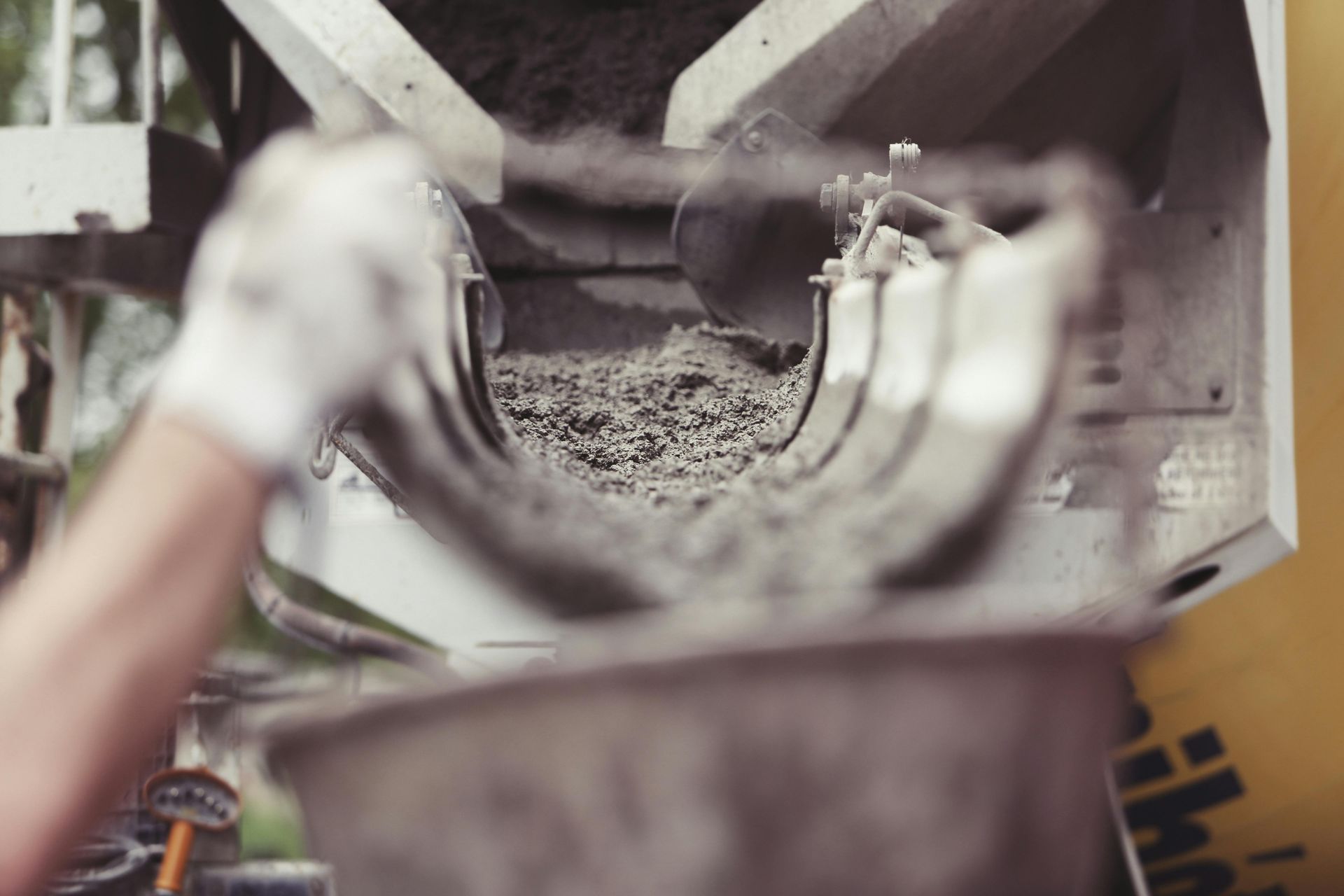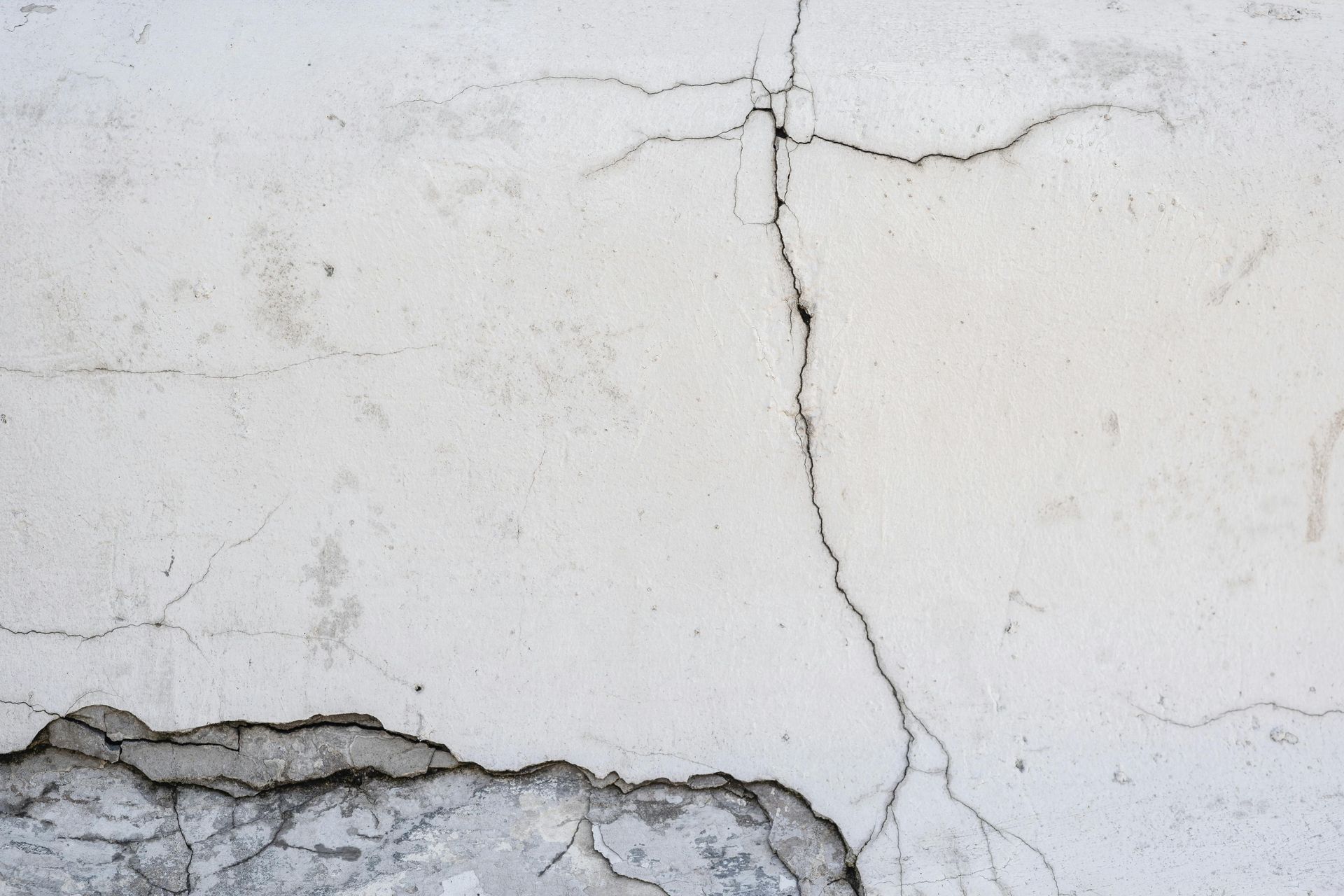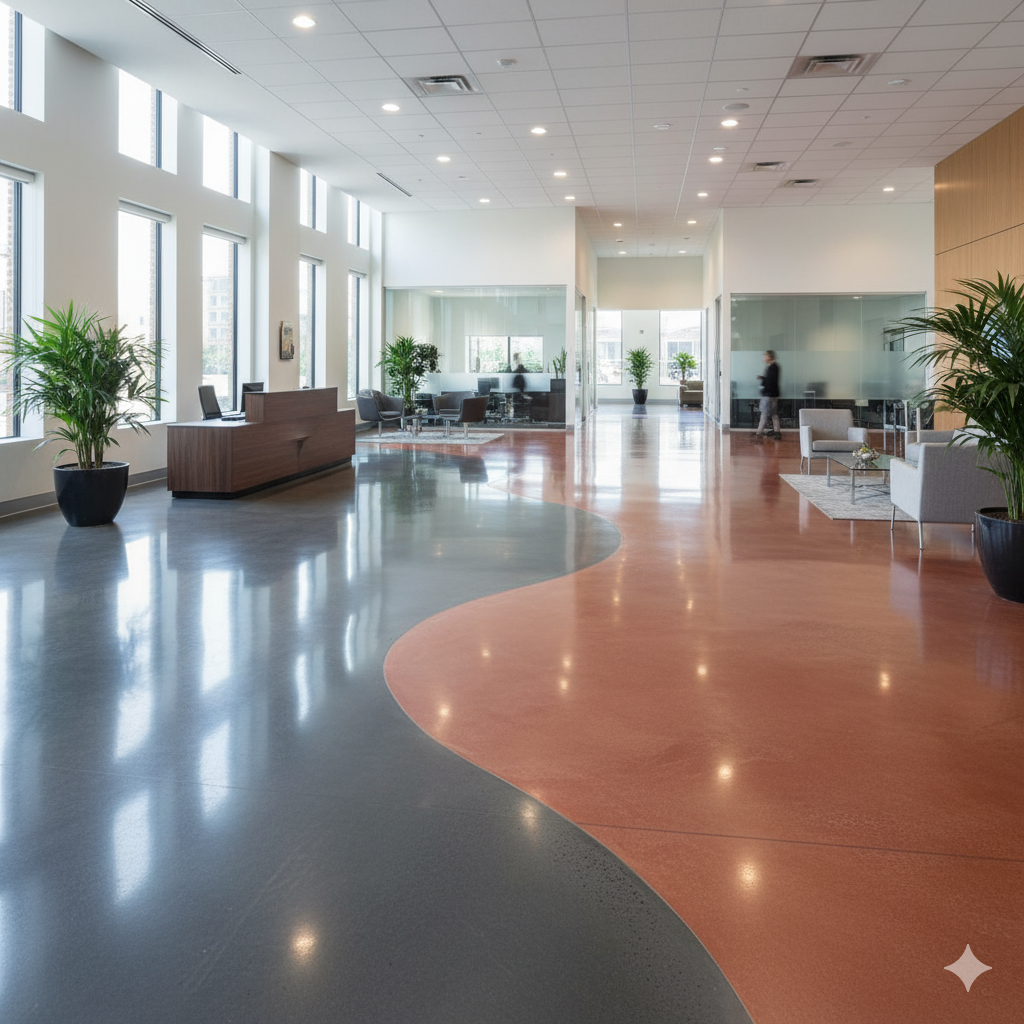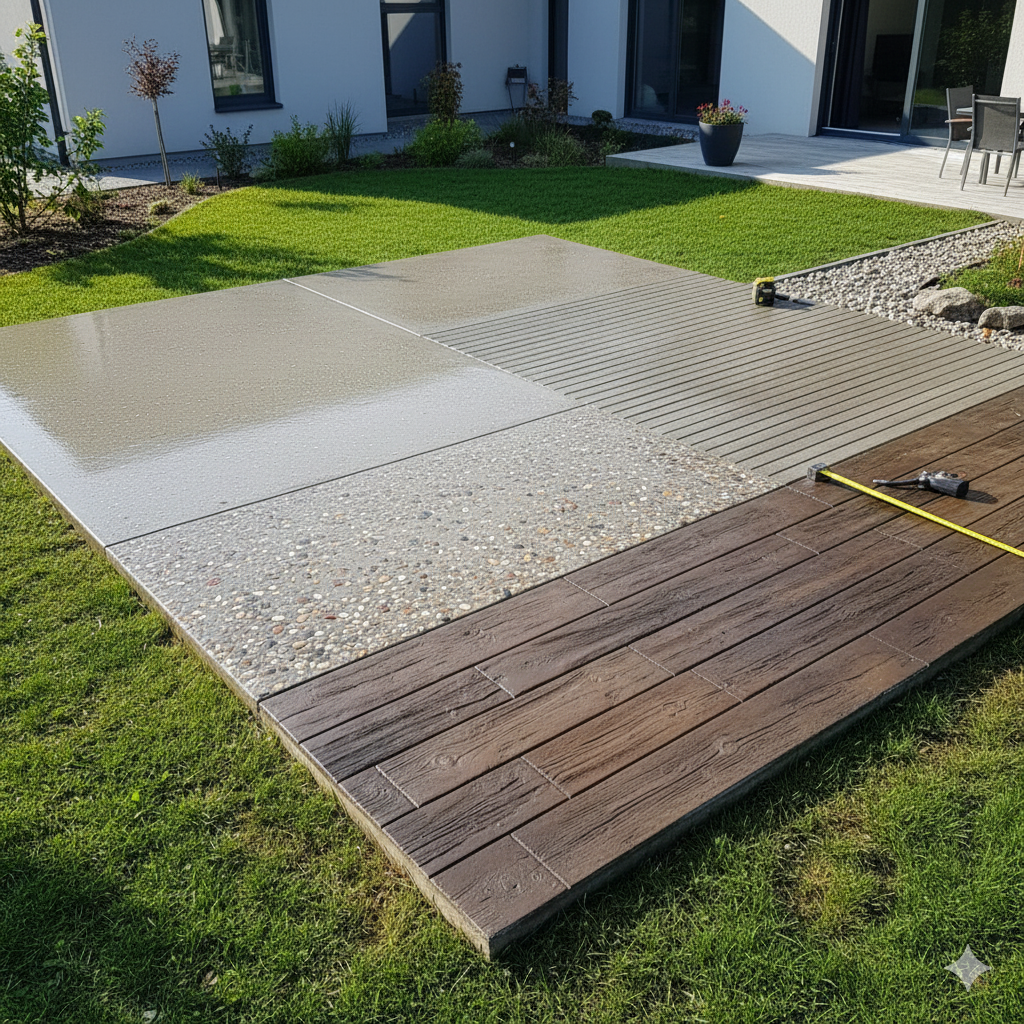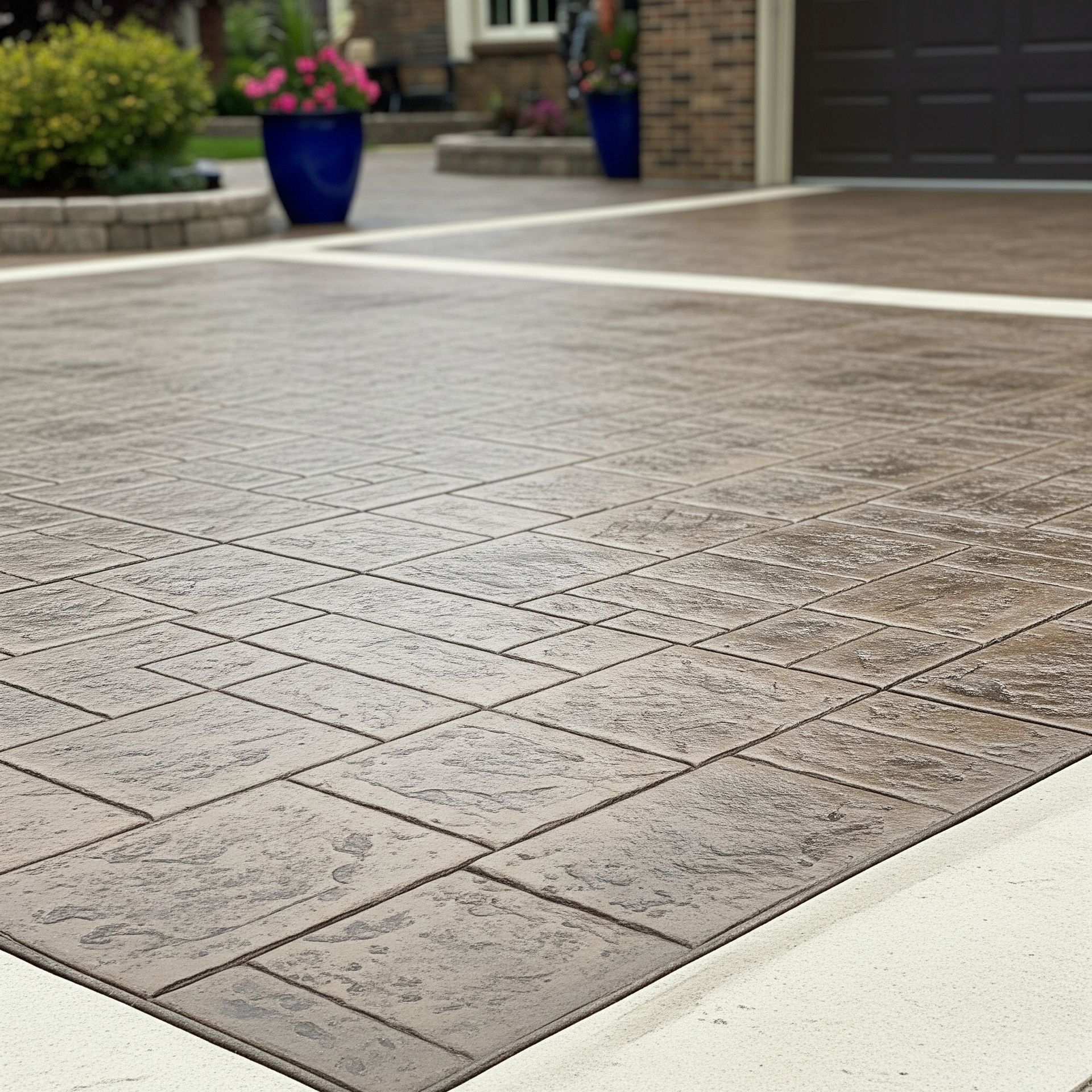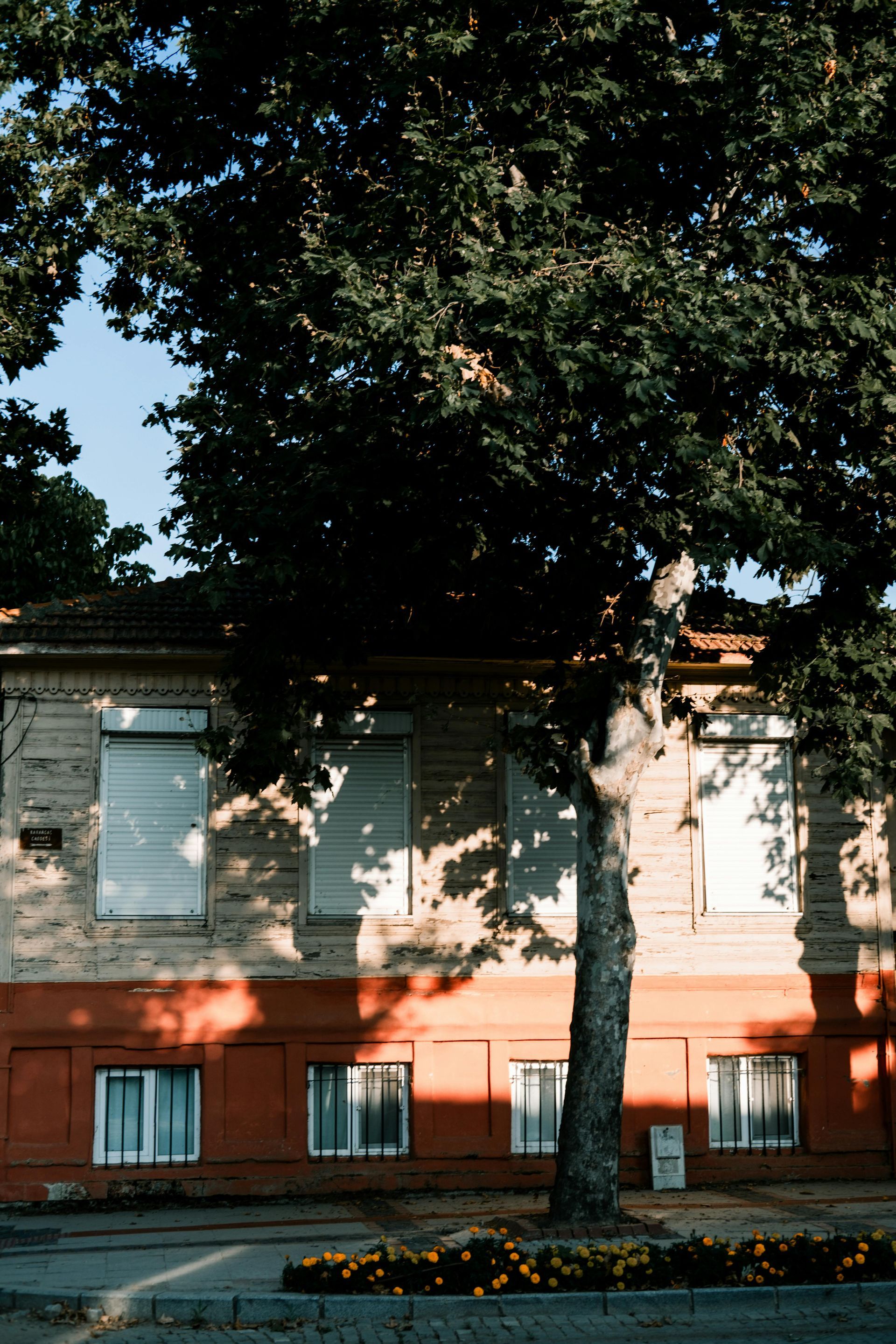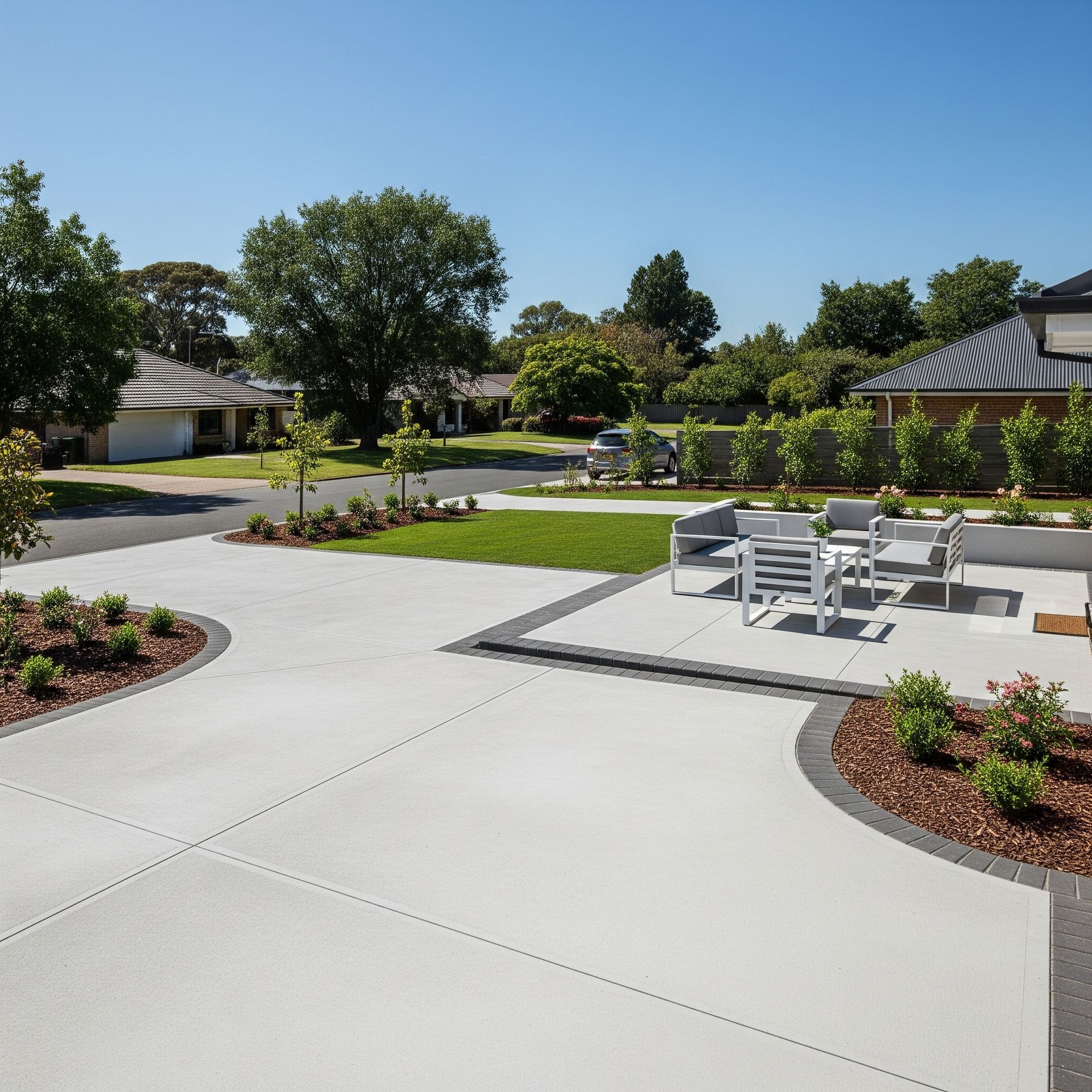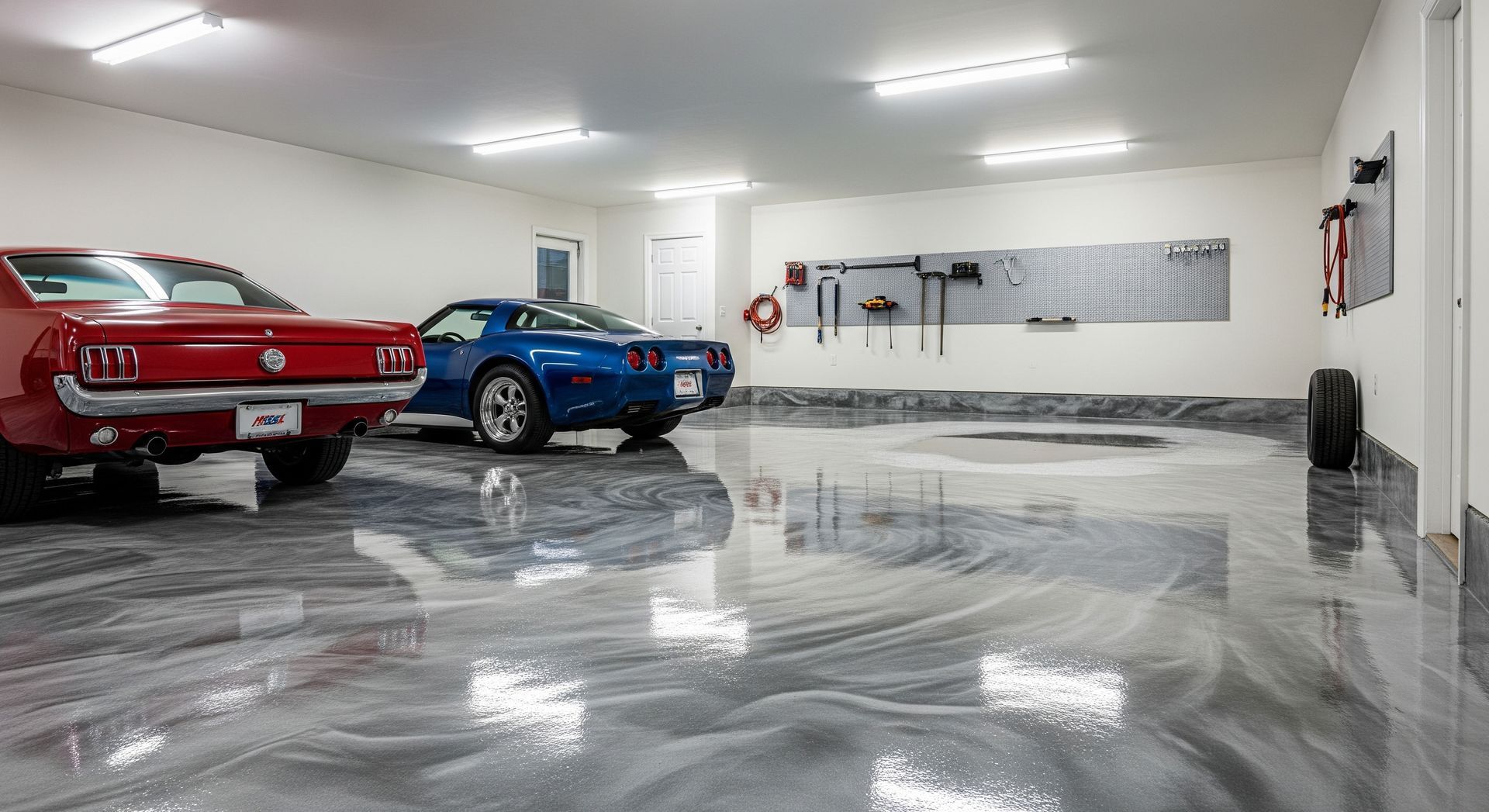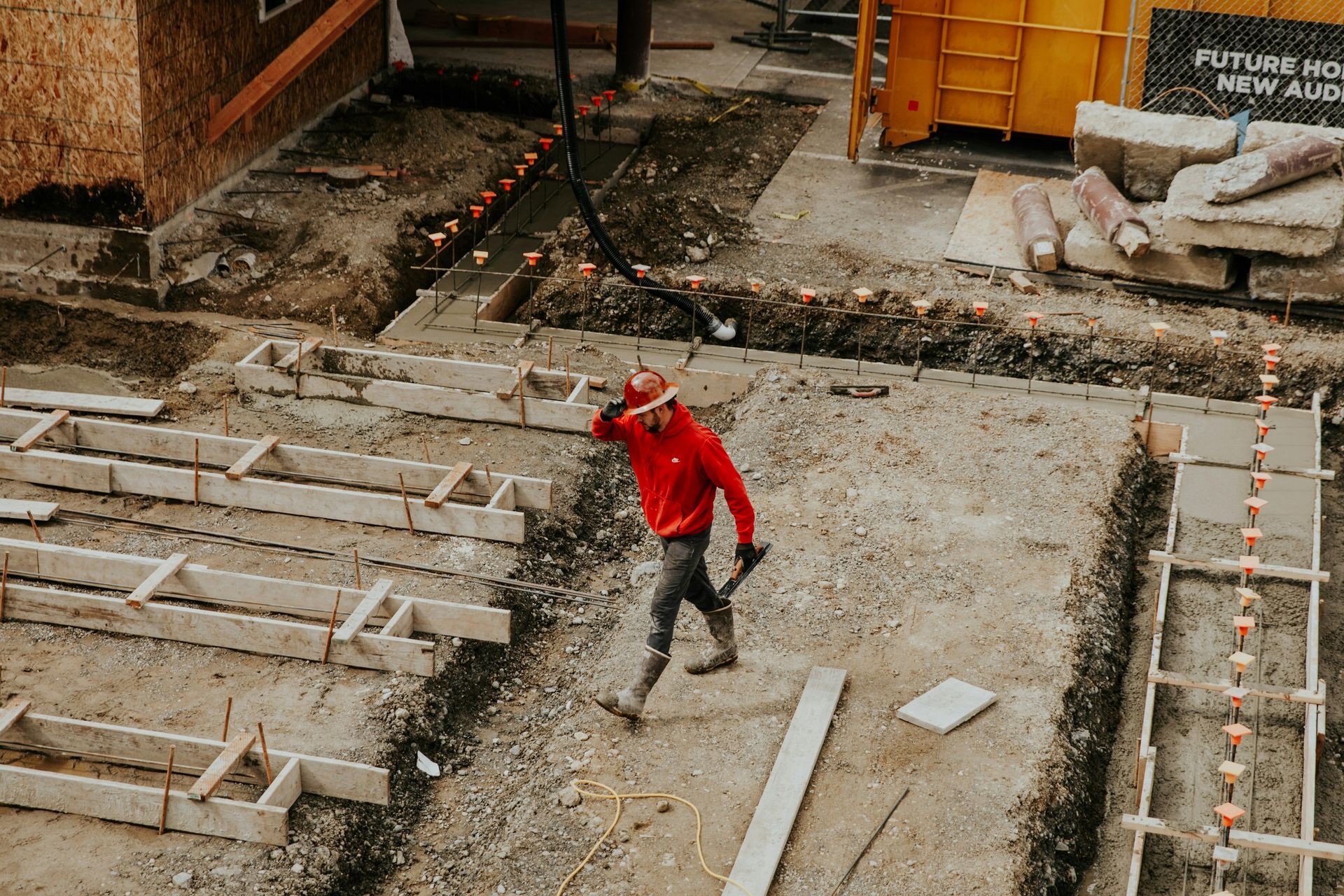What Is Stamped Concrete and How Is It Used?
Stamped concrete is basically regular concrete that’s been pressed with cool patterns and textures—think stone, brick, or wood—right when it’s wet. You use it to jazz up patios, driveways, or walkways without spending a fortune. It’s sturdy, customizable, and quick to install. Plus, you can pick from designs like cobblestone or herringbone to match your style. If you're curious about the different stamped and decorative concrete options available, Beraki Concrete has a great breakdown. And for bigger builds or business spaces, their commercial concrete services are worth a look. If you want to know the secrets behind making and caring for it, keep exploring what’s next!
Key Takeaways
- Stamped concrete is decorative concrete imprinted with patterns mimicking stone, brick, or wood for aesthetic outdoor surfaces.
- It uses Portland cement, sand, gravel, water, stamping mats, and release agents to create textured patterns.
- Common designs include cobblestone, herringbone, slate, brick, and geometric patterns for varied visual appeal.
- Stamped concrete is popular for patios, driveways, and walkways due to its durability, affordability, and quick installation.
- It requires sealing and regular cleaning to protect against stains, fading, and wear, maintaining its decorative finish.
Definition and Overview of Stamped Concrete
Stamped concrete is like giving plain old concrete a fun makeover. Instead of just a dull gray slab, you get patterns and textures that mimic stone, brick, or even wood. This isn’t some new fad—there’s a cool stamped concrete history behind it. People have been using decorative concrete techniques for decades to add style and personality to patios and pool decks, driveways, and walkways. When you choose stamped concrete, you’re joining a community that values creativity and durability. It’s not just about looks; it’s about making your space feel uniquely yours. You’ll find that these decorative concrete techniques let you express yourself without breaking the bank. Plus, stamped concrete is tough enough to handle everyday life, which means your outdoor hangout spot stays looking great.
Materials and Tools Required for Stamped Concrete
Alright, if you’re thinking about stamped concrete, you’ll need to know what goes into the mix, like the right blend of cement, sand, and gravel. Then, you’ll grab some stamping tools to create those cool patterns, plus a few coloring options and sealants to make it pop and last. Don’t worry, I’ll walk you through all the essentials so your project turns out just right!
Essential Concrete Mix Ingredients
Even if you’re new to concrete work, getting the right mix ingredients is the first step to a solid project. Think of your concrete like a recipe—each part matters. Using the essential mixing ratios guarantees your concrete will set just right, not too weak or too stiff. Plus, concrete admixtures bring benefits like improved strength and easier workability, making your life way easier.
Here’s what you’ll need:
Portland cement (the main binder)- Clean sand and gravel (the aggregates)
- Water (just enough to hydrate the mix)
- Concrete admixtures (for added strength and flexibility)
Mix these well, and you’re part of the club that makes beautiful stamped concrete look effortless.
Common Stamping Tools
While you might think pouring concrete is the tough part, getting the right stamping tools makes all the difference in how your project turns out. You’ll want a few basics: stamping mats, which create those cool patterns, and a tamper to press them evenly into the wet concrete. Don’t forget a release agent—it stops the mats from sticking and helps your decorative finishes pop. Using the right stamping techniques means you can mimic stone, brick, or even wood textures, making your space truly yours. You’ll also need a concrete float to smooth the surface before stamping, and a hand tool for those tricky edges. With these tools in hand, you’re not just making concrete—you’re crafting a unique look that’ll have everyone asking how you did it!
Coloring and Sealants Choices
How do you get that perfect color and shine on your stamped concrete? It all comes down to the right stain options and dye techniques. You want your concrete to look vibrant and last through seasons, right? Choosing the right coloring means picking between acid stains for rich, variegated tones or water-based dyes for bright, consistent hues. Then, sealing is key—it locks in that color and adds a nice sheen. Here’s what you’ll need:
- Acid or water-based stains for color depth
- Concrete dyes for bold, even shades
- A quality sealant to protect and shine
- Brushes or sprayers for even application
Step-by-Step Process of Creating Stamped Concrete
Since stamped concrete can totally transform a plain concrete driveway or walkway into something eye-catching, it’s worth knowing how the process works step by step. First, you pour the concrete, then you add color if you want. While it’s still wet, you press in the stamped patterns using special mats to create cool concrete textures. After that, you let it dry a bit and brush on a sealant to protect the design.
Here’s a quick look at the process:
| Step Number | What You Do | Why It Matters |
|---|---|---|
| 1 | Pour concrete | Creates the base |
| 2 | Add color | Gives life to your concrete |
| 3 | Stamp patterns | Adds texture and style |
| 4 | Let it set | Guarantees durability |
| 5 | Seal the surface | Protects and shines the finish |
Popular Patterns and Designs in Stamped Concrete
Now that you know the basics of creating stamped concrete, it’s time to talk about what really makes it pop: the patterns and designs. When you choose your look, it’s all about matching your style and making your space feel like yours. You can go classic, bold, or something in between. Popular options often include geometric patterns, which add a modern, clean vibe, or natural stone looks that bring warmth and a bit of rustic charm.
Here are some favorites you might want to ponder:
- Cobblestone: Perfect for a timeless, cozy feel.
- Herringbone: Adds a sophisticated twist with its angled lines.
- Slate: Offers a natural stone texture that’s both rugged and refined.
- Brick: Brings a classic, welcoming look to any space.
Picking a pattern you love helps your stamped concrete feel like part of your story—and that’s what makes it truly special.
Common Applications for Stamped Concrete in Outdoor Spaces
Outdoor spaces come alive when you add stamped concrete, and you might be surprised just how many ways you can use it. Whether you want to jazz up your backyard patio or pool deck or create a welcoming walkway, stamped concrete fits right in. Its design versatility lets you mimic everything from rustic stone to elegant brick without breaking the bank. You can even use it around pool decks to boost your outdoor aesthetics, making the whole area feel polished and cozy. Plus, garden paths and outdoor seating areas get a stylish upgrade that invites friends and family to linger longer.
Benefits of Using Stamped Concrete for Driveways and Patios
When you’re thinking about upgrading your driveway or patio, stamped concrete offers a bunch of perks that make it worth considering. It’s not just about looking good—though the aesthetic appeal is definitely a big win. You get a stylish, custom look that makes your outdoor space feel like it belongs in a magazine. Plus, it’s surprisingly cost efficient compared to other materials, so your wallet won’t scream in protest.
Here’s why you’ll love stamped concrete for your driveway or patio:
- Durability: It stands up to weather and heavy use without breaking a sweat.
- Variety: Tons of patterns and colors let you match your style perfectly.
- Low Cost: Looks pricier than it is, saving you money upfront and later.
- Quick Installation: You’ll be enjoying your new space faster than you think.
Stamped concrete helps you create a cozy, welcoming spot that feels just right for your home.
Maintenance Tips to Preserve Stamped Concrete Appearance
You’ll want to keep your stamped concrete looking fresh with regular cleaning—think of it as giving your patio a little spa day now and then. Sealing it up protects against stains and cracks, kind of like sunscreen for your driveway. And if you spot any damage, don’t wait—fixing it quickly saves you from bigger headaches later.
Regular Cleaning Routine
Since stamped concrete faces a lot of foot traffic and weather changes, keeping up with a regular cleaning routine is key to making it look fresh for years. You’ll want to stick to a cleaning frequency that prevents dirt buildup but doesn’t wear down the surface—usually once a week or after heavy use works well. Using gentle cleaning methods like sweeping, hosing down, or mild soap helps keep things sparkling without damage.
Here are some easy steps to keep your stamped concrete happy:
- Sweep or blow off leaves and debris regularly
- Wash with a hose or mop using warm, soapy water
- Avoid harsh chemicals or acidic cleaners
- Rinse thoroughly to prevent residue buildup
Follow these, and your concrete will stay inviting and beautiful, just like you want.
Sealing and Repairs
Although regular cleaning keeps your stamped concrete looking good, sealing its the real secret to locking in that fresh look for years. Stamped concrete sealing acts like a shield, protecting your surface from stains, fading, and wear. You’ll want to reseal every couple of years—think of it as giving your concrete a little spa day. When it comes to concrete repair and resurfacing, don’t panic if you spot a crack or chip. Small fixes can be done easily with patching kits that match your pattern and color. Staying on top of repairs stops minor issues from turning into big headaches. And if you’re thinking beyond the outdoors, consider epoxy flooring coatings for sleek, durable surfaces indoors. By sealing and repairing regularly, you keep your stamped concrete looking sharp and feeling like a part of your home’s family—not just a cold, hard surface.
Frequently Asked Questions
How Long Does Stamped Concrete Typically Last?
You’ll find stamped concrete typically lasts 15-25 years, depending on durability factors like climate and usage. With regular maintenance tips such as sealing and cleaning, you can keep it looking great and extend its lifespan.
Can Stamped Concrete Be Repaired if Cracked?
Did you know 90% of cracked surfaces can be fixed? You can use repair techniques like patching or resurfacing to restore stamped concrete. Don’t worry, you’re not alone—many homeowners successfully maintain their beautiful patios this way.
Is Stamped Concrete Slip-Resistant When Wet?
You’ll find stamped concrete offers decent slip resistance, but in wet conditions, it can get slippery. Adding sealers or textured finishes helps improve safety, so you and your community can confidently enjoy your outdoor spaces together.
How Much Does Stamped Concrete Installation Cost on Average?
Imagine paving your dreams with artistry—stamped concrete pricing usually ranges from $8 to $18 per square foot. Your costs depend on installation factors like pattern complexity, area size, and preparation, creating a space where you truly belong.
Are There Eco-Friendly Options for Stamped Concrete Materials?
You can choose sustainable materials and recycled aggregates for your stamped concrete project, making it eco-friendly. By doing this, you join a community that values green building and shared responsibility for a healthier planet.
Final Thoughts
Now that you know stamped concrete can turn a plain patio or driveway into a cool stone or brick masterpiece, you’re ready to get creative. Imagine stepping onto a surface that feels like art beneath your feet—without the heavy price tag. If you need a little inspiration, check out Beraki’s
portfolio of recent work to see how others have transformed their spaces. Just a little care and you’ll keep that fresh, stylish look for years. And if you're looking to explore
additional services beyond stamped concrete, Beraki Concrete has you covered. Ready to start your own project?
Contact the team and bring your vision to life. So go ahead, give your outdoor space some personality—it’s easier than you think, and way more fun than plain old concrete!
